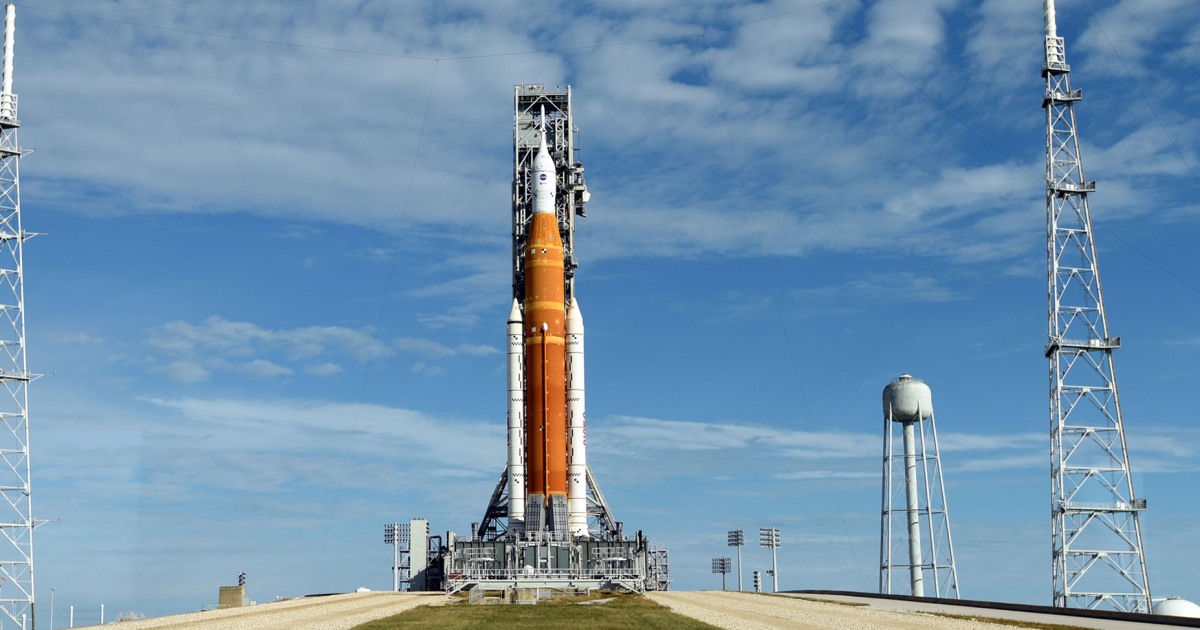
NASA is readying its next-generation megarocket and space capsule for a historic test flight to the moon early Wednesday morning.
The debut flight of the agency’s uncrewed Space Launch System (SLS) rocket is slated to lift off at 1:04 a.m. ET from the Kennedy Space Center in Cape Canaveral, Florida. If successful, the mission would mark a crucial step in NASA’s yearslong program to return astronauts to the moon.
Forecasts currently project a 90% chance of favorable weather conditions during the two-hour launch window. Live coverage of the event will be broadcast on NASA TV beginning at 10:30 p.m. ET Tuesday.
The long-awaited mission, called Artemis I, was initially scheduled for late August, but was postponed after a series of hazardous leaks were detected during the fueling process. A second attempt in early September was similarly thwarted by leaking hydrogen fuel.
Last week, NASA was forced to stand down as Hurricane Nicole slammed into Florida’s east coast on Nov. 10. The SLS rocket remained on the launch pad during the storm, suffering only minor damage from high winds, according to the agency.
“Space Launch System engineers have performed detailed analysis to confirm the sustained and peak winds experienced during the storm have no adverse effect on the structural strength of the rocket,” NASA officials wrote in an update Friday in the aftermath of the storm.
If it launches, Wednesday’s liftoff will be the first flight of the 322-foot Space Launch System, which NASA has described as the “most powerful rocket in the world.” The uncrewed mission is designed to test both the booster and the Orion capsule before the agency sends astronauts back to the lunar surface.
The $4.1 billion flight is just the first step in NASA’s attempt to return to the moon. The agency has spent more than a decade developing its new megarocket, which surpasses the capabilities and size of the iconic Saturn V boosters used during the Apollo program, which ended in the 1970s. NASA’s new moon initiative was named Artemis after the goddess of Greek mythology and twin sister of Apollo.
NASA officials have said astronauts could return to the surface of the moon as early as 2025. As part of the Artemis program, the agency envisions regular missions to the moon to establish a base camp on the lunar surface, before NASA eventually ventures to Mars.
Source: | This article originally belongs to Nbcnews.com










